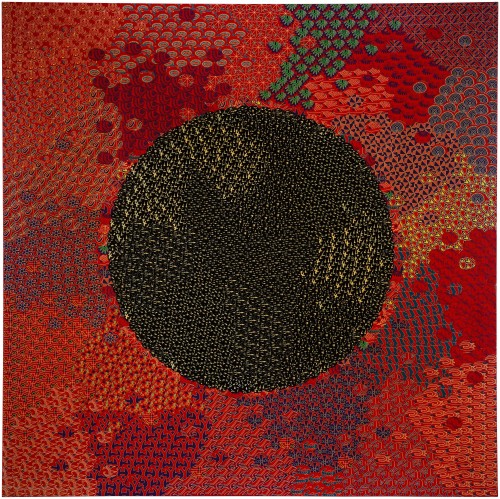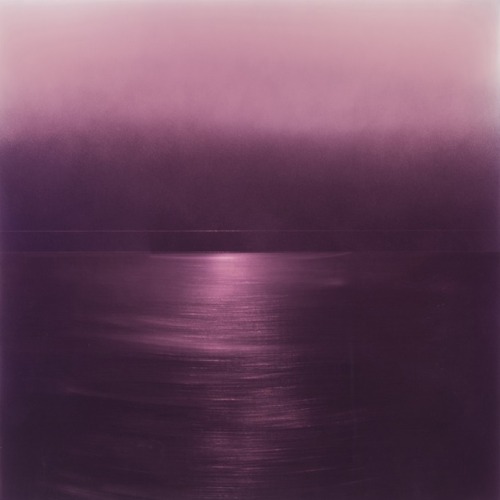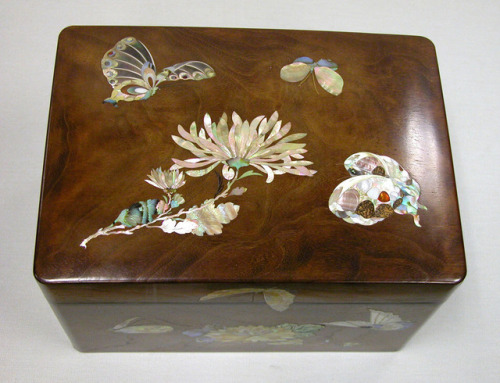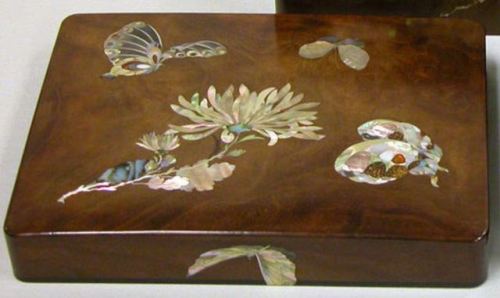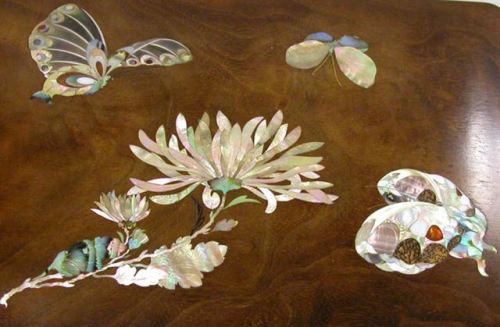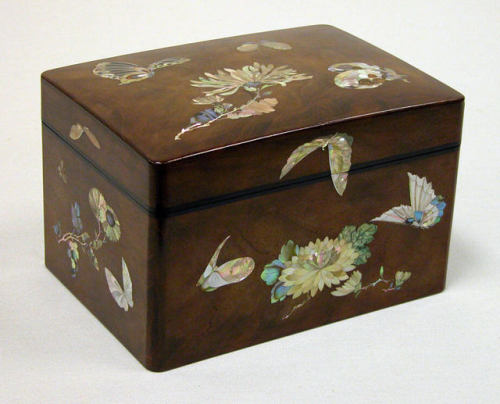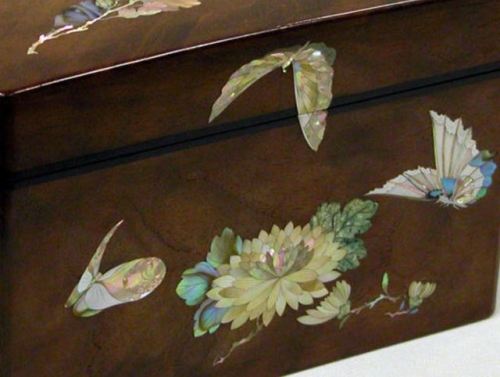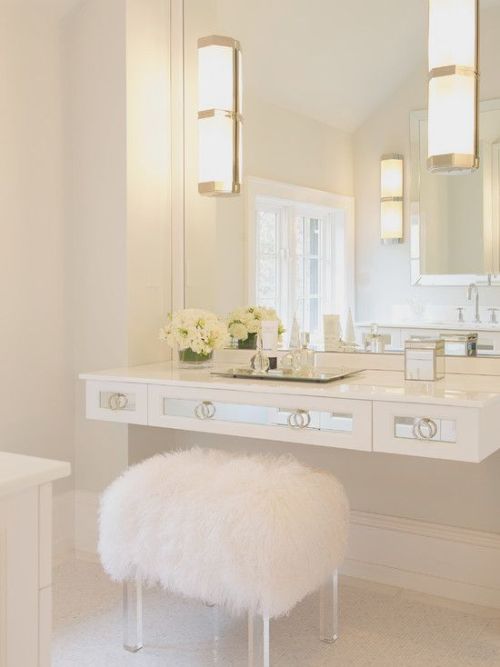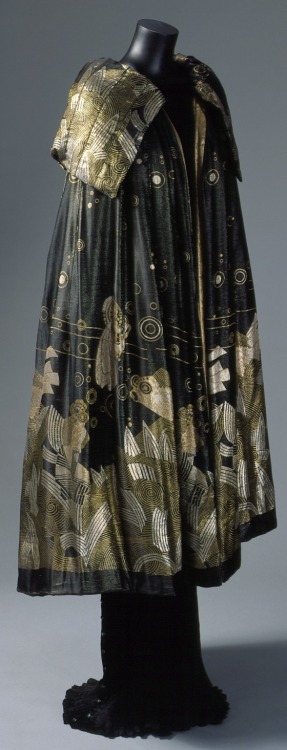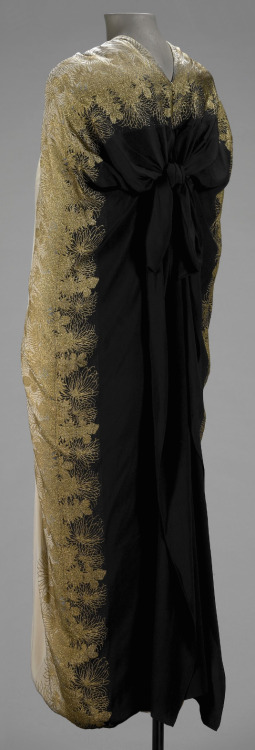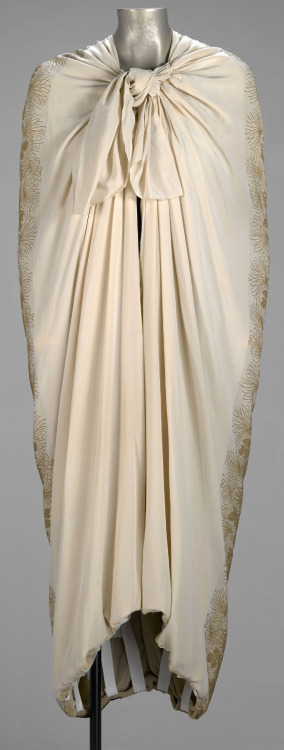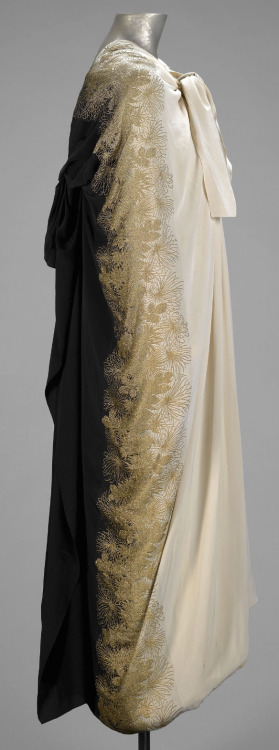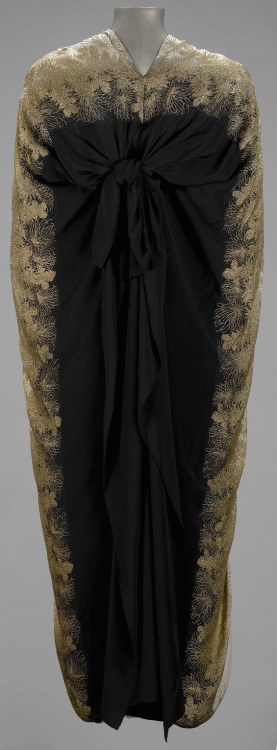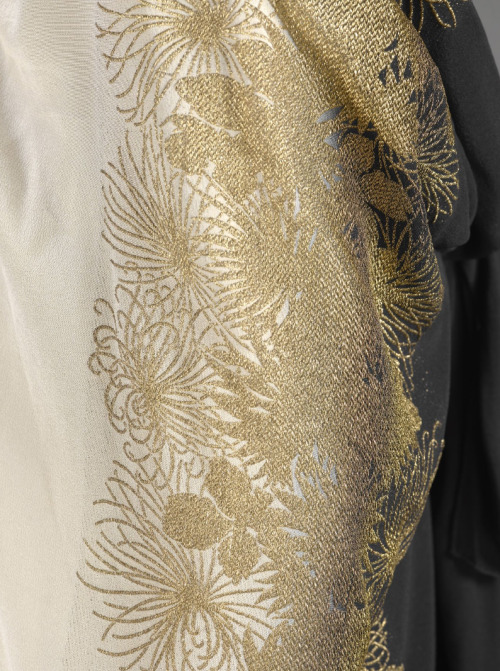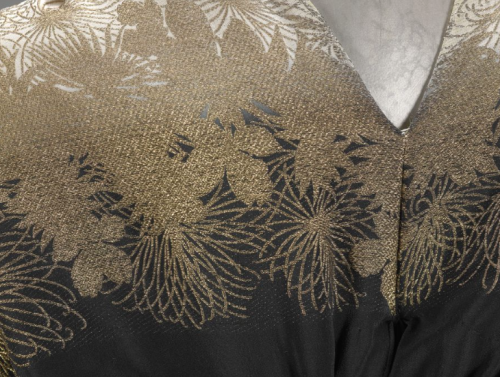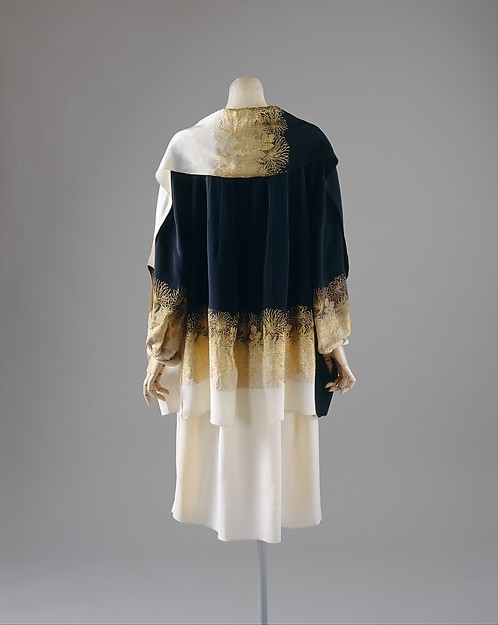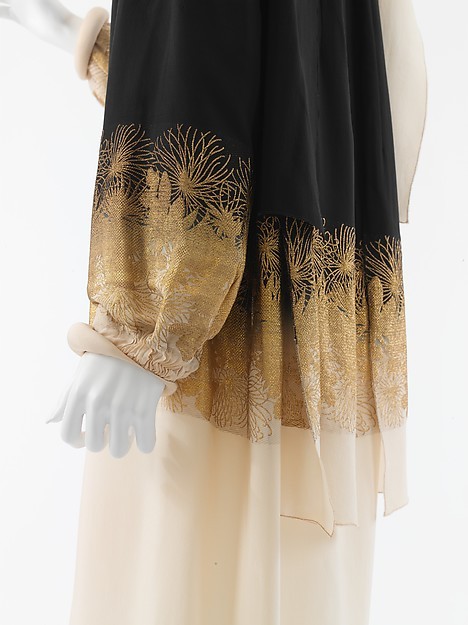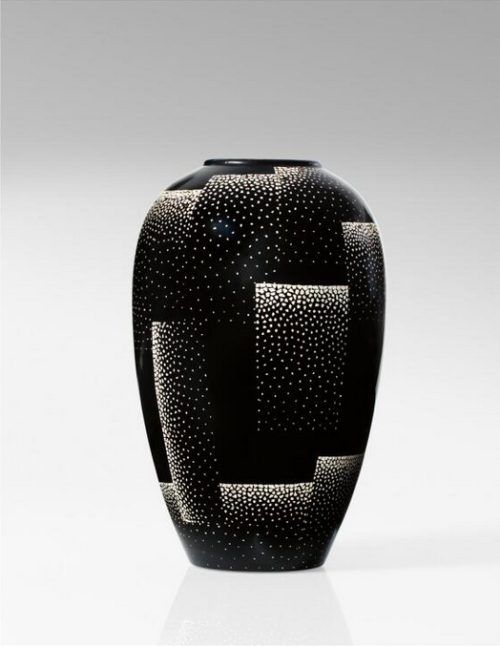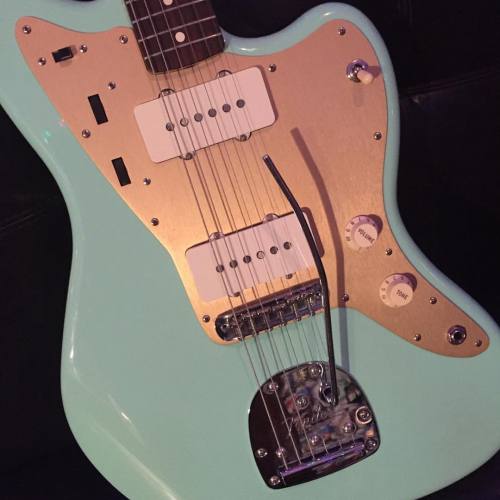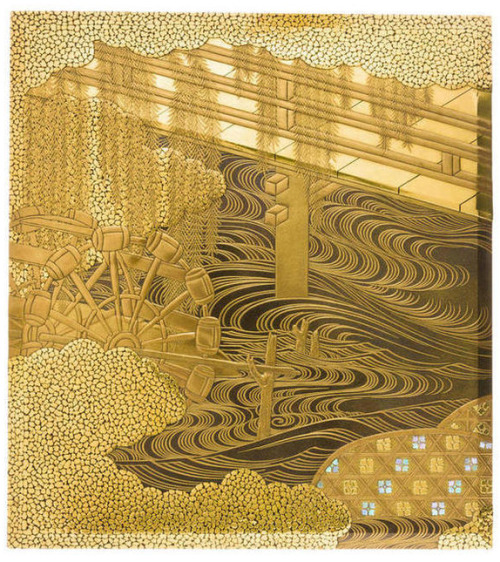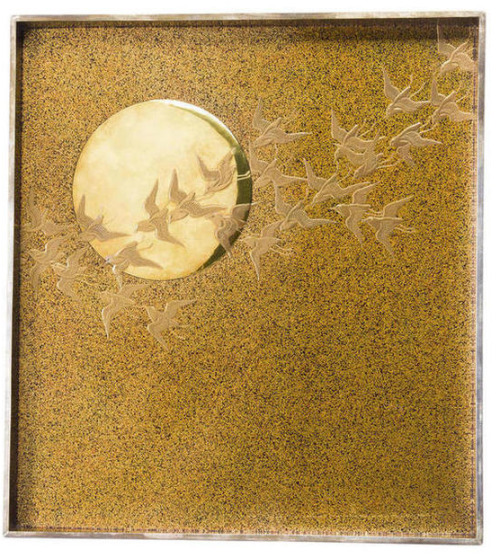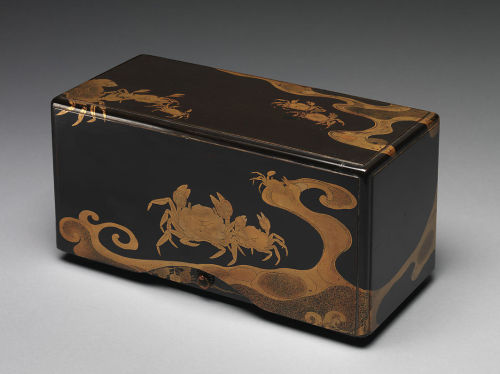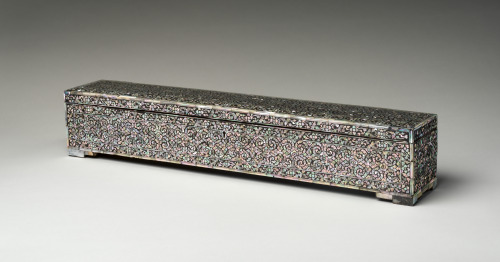#lacquer
Lozenge vase with monkeys and the gods of thunder and wind
Gold, lacquer
Circa 1890
Japan
Source: www.grace-tsumugi.com
Post link
‘PEACH’ SNUFF BOTTLE
CINNABAR-RED AND OLIVE-GREEN LACQUER
QING DYNASTY, QIANLONG / JIAQING PERIOD
Post link
Oksana Mas (Ukrainian, b. 1969), Black Sphere against a Red Background, 2013. Acrylic, collage and lacquer on canvas, 194.8 x 194.8 cm.
Post link
Ephemeral Murasaki, 24x24 inches, Dye, Pigment, Lacquer & Resin on Aluminum Plate.
Lora Schlesinger Gallery, Santa Monica Group Exhibition
Post link
Les plus belles œuvres des artisans japonais.
Boîte en laque : bois avec incrustation de nacre - Dimensions : 14 x 14,9 x 21,3 cm.
Période Meiji jidai 明治時代 (1868-1912).
Post link
Beautiful bathroom with white mirrored floating vanity accented with white sheepskin vanity stool with lucite base paired with polished nickel sconces on white lacquered mirror.
Post link
I’m having my semi-annual Inventory Sale. If you are interested in taking a look get link in bio. #Sale #InventorySale #JamberryInventory #SemiAnnualSale #Jamberry #JamberryUS #JamberryUK #JamberryAUS #JamberryNZ #NailWraps #Handcare #Nails #Gel #GelMani #Lacquer #FiveFree
Post link
Evening Cape
Gabrielle ‘Coco’ Chanel
House of Chanel
1927
This evening cape is constructed of two 45-inch-wide lengths of silk crepe sewn together vertically and then ingeniously gathered and knotted to form a cape. The color of the silk crepe changes from black to cream, with metallic brocade covering the transition area. The influence of Japanese art is evident in the construction and drape of the cape and the use of the chrysanthemum motif. Chanel combined Art Deco aesthetics along with East Asian forms and techniques to create a critically modernistic look.
Post link
Coat
House of Chanel
Gabrielle ‘Coco’ Chanel
1927
The convergence of Art Deco line, the modernist impulse to facilitate pure form, and Japonisme’s potential to offer a vocabulary of untailored wrapping shapes was more than fortuitous. Chanel uses a French ombré textile with pattern sources from the Japanese kimono but brings to it the ethos of chaste minimalism. As Western fashion designers discovered from the East that untailored lengths of fabric could constitute modern dress, the cylinder and the textile plane became the new forms for apparel.
(Last two image’s source 1|2)
Post link
Evening Coat
House of Chanel
Gabrielle ‘Coco’ Chanel
1927
Silk jacquard patterned with black and green graduation and gold chrysanthemum motif; matching tie-collar; two panels at back; wadded sleeve hems.
The chrysanthemum had often appeared as a fashionable motif sine the latter half of the nineteenth century. The textile with woven chrysanthemums in Japanese makie-like (gold lacquer) style represents the taste of Art Deco. The soft wadded cuffs are similar to the kimono’s fuki (wadded hem) in style.
Images and text taken from the book:
Fashion: A History from the 18th to the 20th Century, Kyoto Costume Institute, pgs 448-449.
Post link
Five vases by Jean Dunand circa 1925
Lacquered metal, coquille d'œuf
In addition to the lacquered metal technique that he perfected towards the end of the 1910s, another important technical device attributed to Jean Dunand is his signature use of crushed eggshell as a decorative element, a technique that he introduced and perfected in the early 1920s. The technique consisted of the use of eggshells that were washed and whose inner membranes were removed, after which they were delicately crushed and the fragments sorted according to size. Each particle was then applied to the fresh lacquer using tweezers. Coquille d’oeuf was often combined with lacquered metal, resulting in highly textured pieces with rich geometric presence, producing dramatic contrast against the dark lacquered surface. The instant commercial success of Dunand’s eggshell works prompted the artist to maintain a chicken coop in his workshop’s courtyard to meet the increasing demand.
Post link
Fender Classic 60’s Jazzmaster Lacquer in Sea Foam Green.
#fender #classic60s #jazzmaster #lacquer #fenderjazzmaster #seafoamgreen #goldpickguard (at Collar City Guitars)
Post link
A fine gold lacquer writing box (suzuribako)
Taisho period (early 20th century), Japan
Decorated with a classical scene of Uji bridge with weeping willows, rock baskets and a water wheel in stylized waves and clouds designed in several shades of gold hiramakie andtakamakie, fundame, nashiji and a gold-brown ground with embellishments of gold foil, mother-of-pearl and large swaths of gyobu nashiji in the clouds, the underside of the cover decorated with a flock of plovers in gold hiramakie before a large inlaid-gold sun against a dense nashiji ground, the interior of the box nashiji with a continuation of the plover flock and repeated again in the silver water dropper cast as plovers in flight, their legs and eyes gilt, the dropper set into a three-tier gilt, silver and shakudo reservoir, the rectangular ink stone lacquered fundame on the edges, the removable inner tray supporting two writing brushes, a paper pricker, knife, and ink stick holder, all decorated in gyobu nashiji and with shakudo nanako hardware decorated with chrysanthemum and paulownia family crests in goldtakazogan, the box rims silver
10 1/8 x 9 1/8 x 2in (25.7 x 23.2 x 5.1cm). Text and images via Bonhams
Post link
Lacquer Box with Crabs, Waves and Flowers, Japan, 17th century 江戸時代 蟹波蒔絵箱
Provenance: Klaus F. Naumann, Tokyo, until 1989; sold to Irving]; Florence and Herbert Irving, New York (1989–2015; donated to MMA)
H. 6 ¾ in. (17.1 cm); W .6 in. (15.2 cm); L.12 ½ in. (31.8 cm)
Post link
Round Red Lacquer box, China, 18th century
Provenance: Ralph M. Chait Galleries, Inc. New York, until 1989; sold to Irving]; Florence and Herbert Irving , New York (1989–2015; donated to MMA)
ø 13 ¼ in. (33.7 cm)
The Qianlong Emperor (1711 – 1799) commissioned at least eighteen versions of this lacquer box. He was the sixth Emperor of the Qing dynasty. Like his predecessors, took his cultural role seriously. The Qianlong Emperor was a major patron and important “preserver and restorer” of Confucian culture. He collected ancient bronzes, bronze mirrors, seals, pottery, metal work as well as lacquer work, which flourished during his reign. A substantial part of his collection is in the Percival David Foundation in London.
[text source: @wikipedia]
Post link
Lacquered box with mother-of-pearl inlay, Thailand, early 19th century
Provenance: Sotheby’s London, Indian Sale, May 23, 2006, lot 30 Maxine N. Dunitz Los Angeles - donated to MMA by Dunitz in 2017
H. 4 ½ in. (11.4 cm); W. 24 ½ in. (62.2 cm); D. 4 ½ in. (11.4 cm)
Post link



